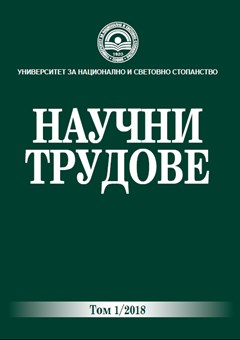ПАК анализът като подход към операционалното дефиниране на корупцията
PAC Analysis as an Approach to the Operational Definition of Corruption
Author(s): Aleksandar StoianovSubject(s): Criminal Law, Sociology, Economic policy, Economic development, EU-Legislation, Corruption - Transparency - Anti-Corruption
Published by: Университет за национално и световно стопанство (УНСС)
Keywords: Corruption; Corruption definitions; Forms of corruption; Abuse of Power; Principal-Agent relations; Social exchange; Collective actor.
Summary/Abstract: The paper is based on the classical definition of corruption (V.Tanzi) and explores the approaches to the operationalization of the mechanisms, levels and forms of corruption derived based on this definition. The objective of the paper is to elaborate appropriate areas of indicators allowing for corruption measurement and analysis. More specifically, the objective is to find solutions to these problems based on a descriptive model of this phenomenon using one of the "good" alternatives in this respect is the Principal-AgentClient (PAC) analysis. Based on the theoretical analysis, the paper proposes interpretation of the content and criteria for different forms of corruption and identifies several levels of constraints to corruption behavior in public governance structures. More recent analyses of corruption assert that PAC analysis is not a good tool for analyzing the factors which inhibit or enhance corruption. As a descriptive model however, PAC analysis has its advantages as it helps delineate the mechanisms, levels and forms of corruption.
Journal: Научни трудове на УНСС
- Issue Year: 1/2018
- Issue No: 1
- Page Range: 15-42
- Page Count: 28
- Language: Bulgarian

